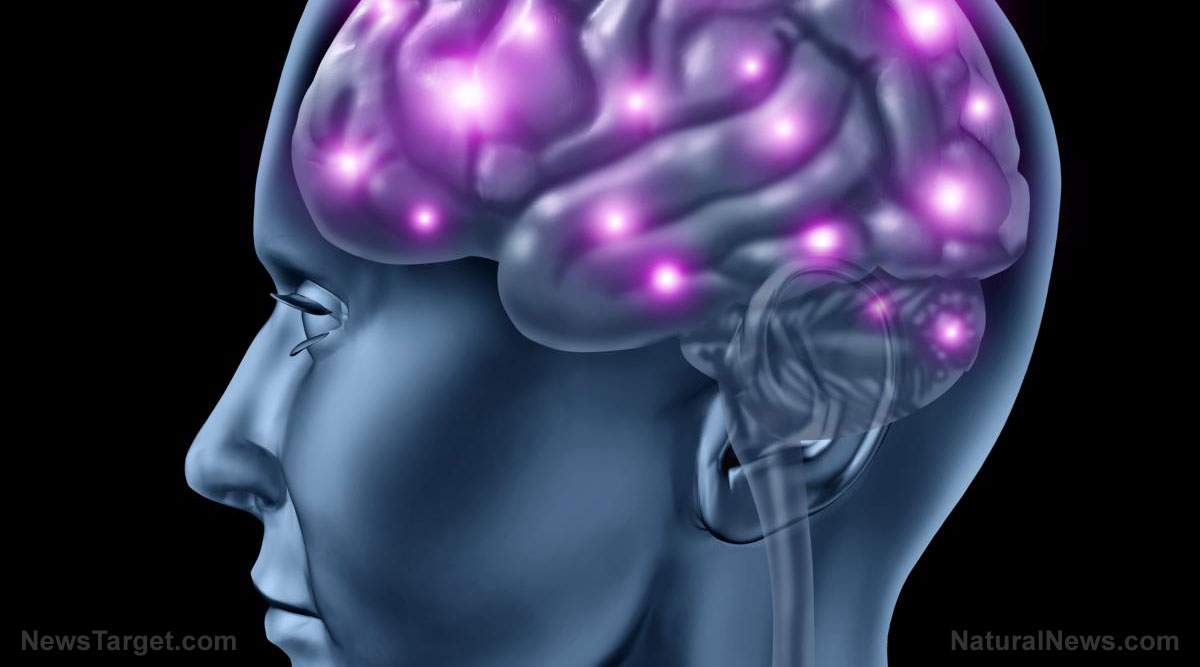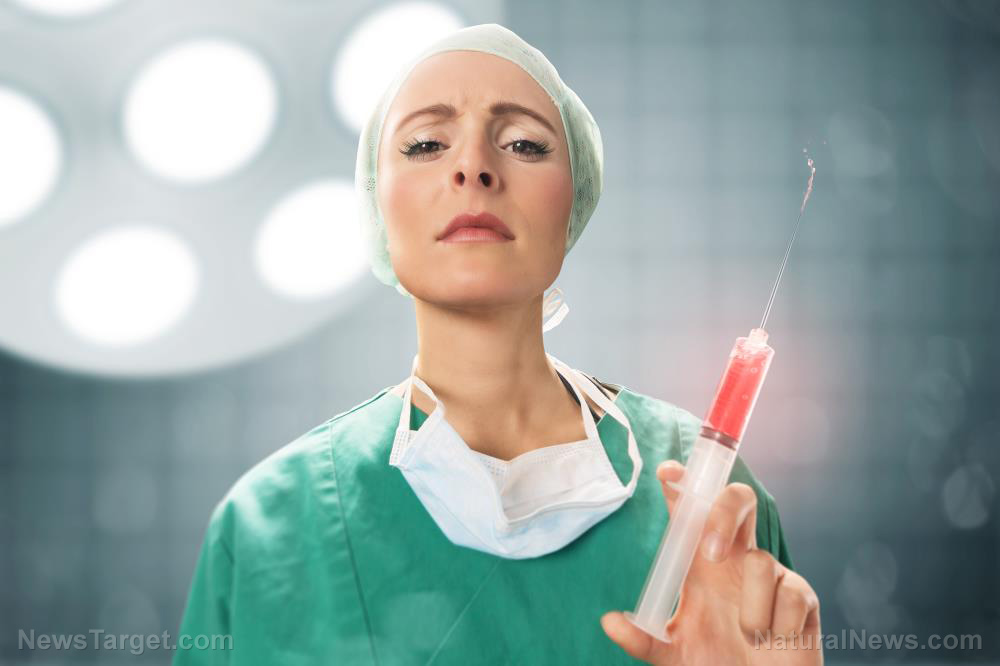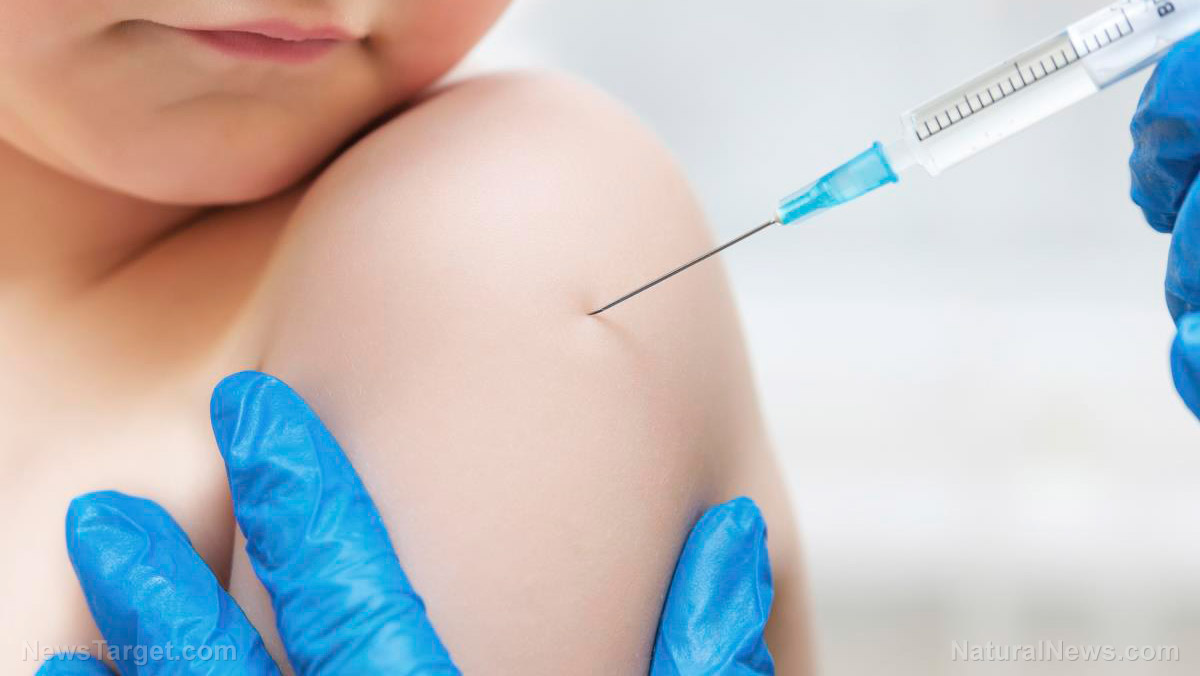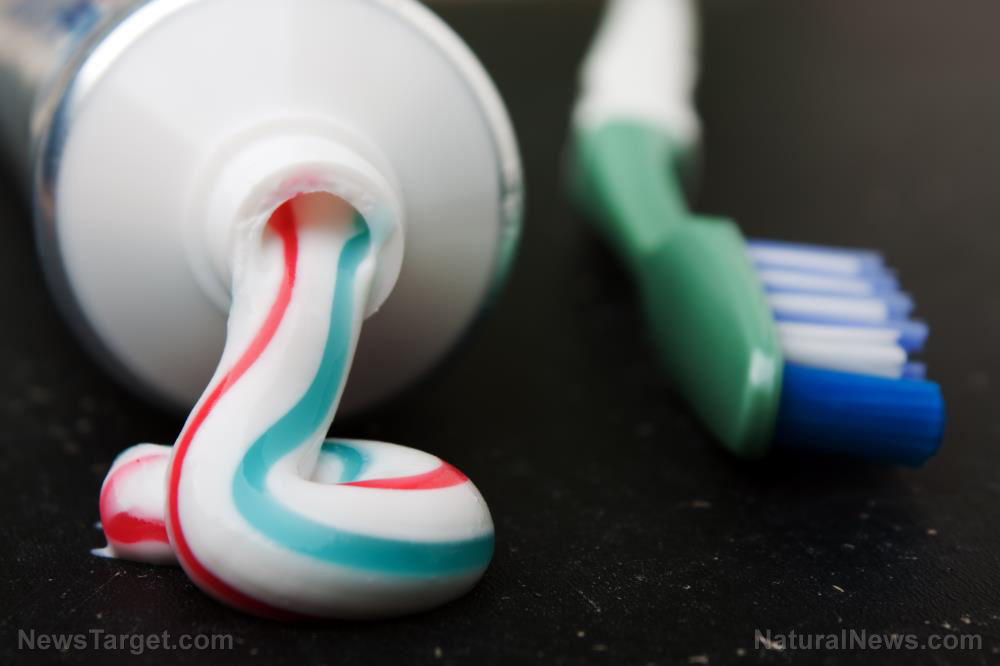Stunning science finding obliterates previous understanding of how the brain is structured; it’s NOT based on regions controlling body parts
12/10/2018 / By Earl Garcia

The scientific community has long believed that the brain is organized by regions controlling specific organs and body parts. However, a recent study could shake this fundamental knowledge, stating that the brain might actually be organized by function and not merely by specific regions. As part of the study, a research team from the University College London and the Weizmann Institute of Science in Israel examined how the brain functions when a certain body part was non-existent.
To assess this, the experts analyzed data from 17 people who lacked a hand from birth and compared them with 24 matched, two-handed controls. The research team took videos of the participants while they accomplish five daily tasks including handling money and gift wrapping. The experts also instructed the participants to move various parts of their body while being subjected to functional magnetic resonance imaging.
“We found that the traditional hand area gets used up by a multitude of body parts in congenital one-handers. Interestingly, these body parts that get to benefit from increased representation in the freed-up brain territory are those used by the one-handers in daily life to substitute for their missing-hand function — say when having to open a bottle of water,” said researcher Tamar Makin of the University College London in an article in ScienceDaily.com.
“Scientifically, I think one way to put our results in context is to say, what if the hand area is not the hand area per se, but just the part of the brain in charge of function ‘normally’ carried by that hand? In intact participants, all this is carried by the non-dominant hand. But the fact that we see such a striking different representation in that area in congenital one-handers might suggest that this is not actually the hand area. If true, this means we’ve been misinterpreting brain organization based on body part, rather than based on function. It’s kind of mind blowing for me to think we could have been getting this wrong for so long. The implications, if this interpretation is correct, are massive,” Makin added.
Mother Nature's micronutrient secret: Organic Broccoli Sprout Capsules now available, delivering 280mg of high-density nutrition, including the extraordinary "sulforaphane" and "glucosinolate" nutrients found only in cruciferous healing foods. Every lot laboratory tested. See availability here.
The findings were published in the journal Current Biology.
Potential implications in limb reduction defect
However, Makin maintained that the results remain a working theory as of the moment. Whether the theory materializes or not, the results of the study demonstrated the remarkable plasticity of the human brain. Makin hopes to uncover certain mechanisms that enable the brain to represent and manage artificial body parts such as prosthetic limbs. According to Makin, harnessing the process may help bolster health care and society. This may prove especially beneficial in patients with upper and lower limb reduction defects.
According to the Centers for Disease Control and Prevention (CDC), upper and lower limb reduction defects occur when fetal limbs — arms and legs — do not develop during pregnancy. The CDC estimates that 1,500 American babies are born with upper limb reduction each year, while more than 700 are born with lower limb reductions. According to the CDC, this equates to four out of every 10,000 babies having upper limb reductions and about two out of every 10,000 babies having lower limb reductions annually. Exposure to certain chemicals, medications and tobacco smoke during pregnancy all contribute to the onset of the condition.
Children suffering from limb reduction defects will face a lot of hurdles growing up, the CDC notes. According to the agency, patients will encounter difficulties in developing motor skills and limitations in certain movements and activities. Patients may also suffer reduced independence in doing daily activities such as self-care. The CDC also notes that these patients may harbor potential emotional and social issues due to their physical appearance.
Sources include:
Tagged Under: biomedical research, Brain, brain health, brain structure, discoveries, limbs, neurology, physiology, prosthetics, psychiatry




















